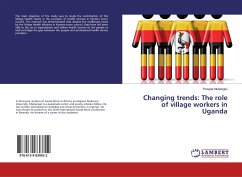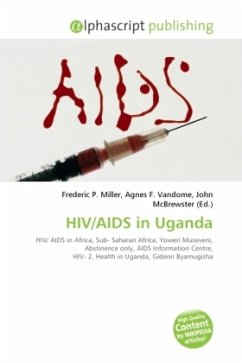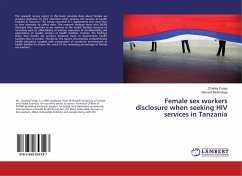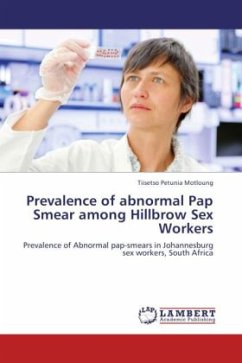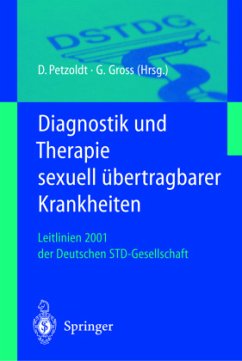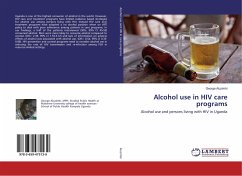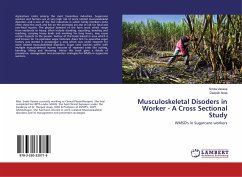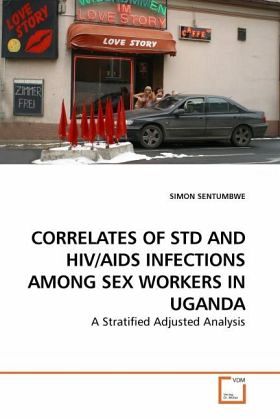
CORRELATES OF STD AND HIV/AIDS INFECTIONS AMONG SEX WORKERS IN UGANDA
A Stratified Adjusted Analysis
Versandkostenfrei!
Versandfertig in 6-10 Tagen
32,99 €
inkl. MwSt.

PAYBACK Punkte
16 °P sammeln!
The Uganda HIV/AIDS Sero-Behavioural Survey(2004/5) found an HIV prevalence rate of 6.4% among men and women aged 15 49 years. Women are more affected at a younger age compared to men. The national HIV prevalence rate among women was estimated at 7.5% relative to 5.0% among men while the male to female ratio among teenagers aged 15-19 years was 1:9 and 1:4 among young people 15-24 years. Sexual transmission contributes up to 76% of new HIV infections and approximately 21% was attributed to commercial sex. Risk factors and drivers of the HIV epidemic fall into three main categories: proximate, ...
The Uganda HIV/AIDS Sero-Behavioural Survey(2004/5) found an HIV prevalence rate of 6.4% among men and women aged 15 49 years. Women are more affected at a younger age compared to men. The national HIV prevalence rate among women was estimated at 7.5% relative to 5.0% among men while the male to female ratio among teenagers aged 15-19 years was 1:9 and 1:4 among young people 15-24 years. Sexual transmission contributes up to 76% of new HIV infections and approximately 21% was attributed to commercial sex. Risk factors and drivers of the HIV epidemic fall into three main categories: proximate, behavioural and contextual factors; and commercial sex work is embedded in this triad. The author undertook an empirical analysis of the correlates of STD and HIV/AIDS infections among commercial sex workers in Uganda to elucidate the specific drivers of HIV epidemic in this sub-population. The analysis provides information on interventions for protecting sex workers and their clients from HIV/AIDS infection. The book provides guidance to policy makers, program providers and researchers of the trajectories involved in fighting HIV among sex workers and their clients.



